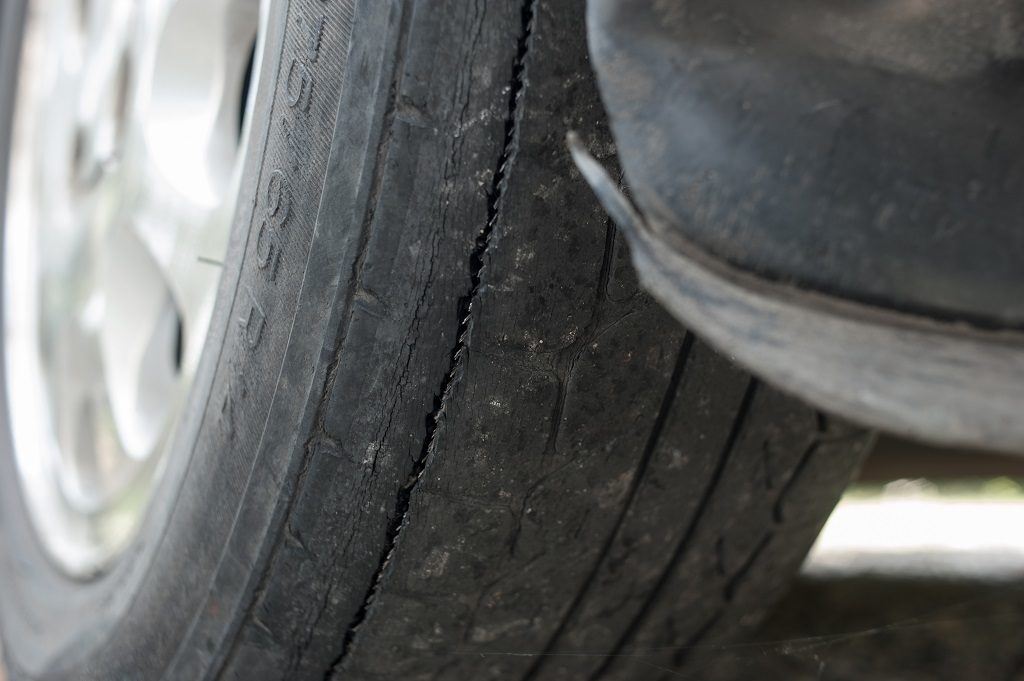Safety Belts and Unsafe Vehicles
Safety belts reduce the risk of serious injury in a crash by 45%. Wearing safety belts is required by law; however, teens wear safety belts less than any other age group.
Watch this brief video (2:37) to learn about a young driver’s risk of serious injury in a crash from lack of a safety belt, and the importance of a safe, properly maintained vehicle.
Recommendation
Frequently emphasize that your teen and their passengers always wear their safety belts. It is the law in most states.
Unsafe Vehicles
Your teen has the greatest chance of a crash of anyone in the family, so have your teen drive the safest vehicle available, and that it is properly maintained.
Recommendation
Have your teen drive a mid- to full-size vehicle with a small engine and airbags. Parents should not let their teens get their “own” vehicles until they gain a lot more unsupervised driving experience.
Aged, worn, or split tires with low tread depth are among conditions that cause thousands of injuries and deaths each year. According to the National Highway Traffic Safety Administration (NHTSA), tire problems account for 35 percent of crashes where a vehicle failure was the cause of the crash. (NHTSA, September 2017)
Maintaining your vehicle often will help keep your teen safe. In addition to tires, frequently check for well-functioning brakes, head lights, brake lights, turn signals, wipers, windshield fluid, and more.

